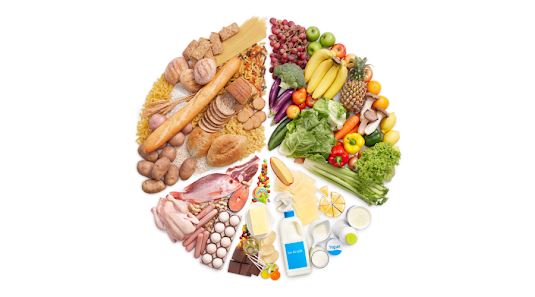Lab reports
Water Lab Experiment:
Starch Test:
In this experiment, four distinct foods (potatoes, oranges, apples, and pieces of bread) were given iodine drops. A food item contains starch if its color turns greenish-black. Next, we determine which food is starch-free.
The apple, potato, and bread pieces had all turned black.
The orange, though, didn't change. So, we concluded that oranges are starch-free.
Protein Test:
The Biuret Solution was used in the second experiment. One method for figuring out whether proteins are present in a sample is by using the Biuret solution. In order to determine whether or not water, milk, soda, or egg whites included proteins, we took four test tubes, filled each with the four materials, and combined them with the Biuret solution.
The water solution remained the same.
The color of the soda solution darkened.
The color of the milk solution became creamy.
However, the color of the egg white solution had turned dark violet. We therefore came to the conclusion that egg whites included proteins because the Biuret test was successful.
Glucose Test:
In the third experiment, Benedict's Solution was used. One chemical solution that can be used to detect the presence of reducing sugars is called Benedict's Solution. In order to determine which of the four substances (oil, milk, soda, and water) had the highest glucose content, we filled four test tubes with each of the ingredients and then combined them with Benedict's Solution. We then rested it for four to seven minutes in boiling water.
There had been no change in the Water solution.
The Milk solution became purple.
The oil solution became clumpy
However, the soda solution had turned a shade of reddish brown. We came to the conclusion that soda had the highest glucose content because it passed the Benedict's test.
Lipids Test:
In the final experiment, we determined which substances had the most lipids (water, milk, soda, or oil) using ethanol. Each of the four substances was mixed into its own test tube, which was then filled with ethanol and a bit more water. The component with a higher concentration of lipids will not mix with the solution because lipids are insoluble.
There had been no change in the water solution.
The soda mixture had turned foamy and yellow.
The water and oil solution had separated.
However, the milk solution had become clumpy after separating with the water and ethanol. As a result, it has more lipids.
"But oil also separated with the water, how come milk has more lipids?" is definitely the question on your mind.
This is a result of milk's emulsifying properties. Because milk is an emulsion made of milk fat drops suspended in a watery milk protein solution, it contains more lipids than oil. In contrast, oil is a homogenous liquid made entirely of fat with no emulsified water component.

.jpeg)



Comments
Post a Comment